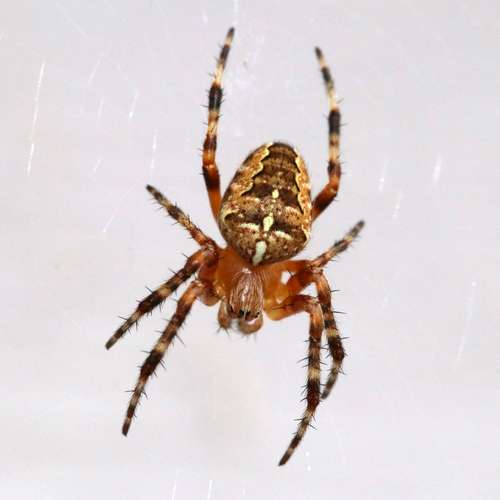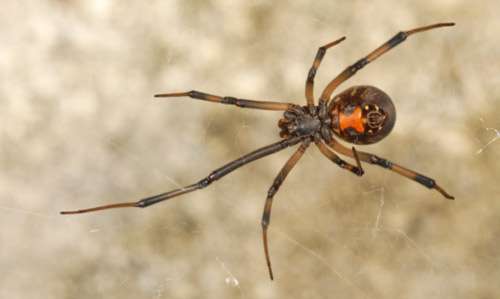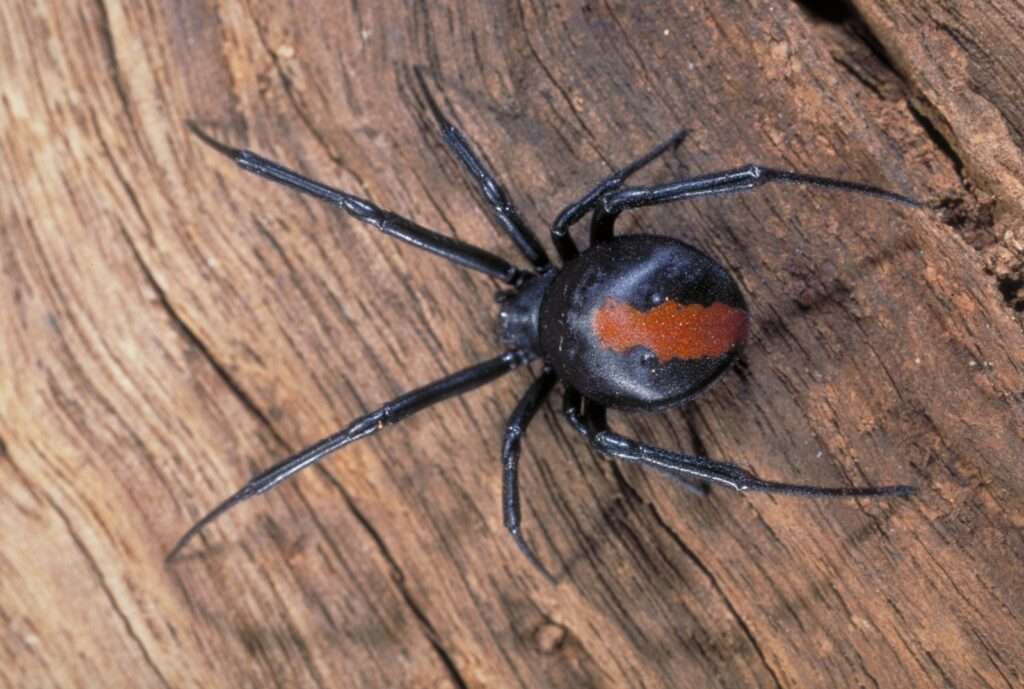
Araneus diadematus, also known as the European garden spider, diadem spider, orangie, cross spider, and crowned orb weaver, is a species of spider. It is occasionally referred to as the pumpkin spider, while Araneus marmoreus, a distinct species, also goes by this name.
Habitat Range
From New England and neighboring Canada, to the northern states, to Washington, Oregon, and British Columbia, the Araneus diadematus range is extensive. The grassland resident Araneus diadematus needs some kind of moisture to survive. There must be enough vertical free space for the orb web and lots of attachment sites for the scaffolding of the web in the surroundings.
Physical Appearance
Length
Male Araneus diadematus are 5.5 to 13 mm long, compared to 6.5 to 20 mm for females.
Body Colors and Marking
Pale yellow-brown to nearly black is the color spectrum. The folium has numerous white or yellow dots and is less defined than those of certain other Araneus species. Near the anterior end, the biggest dots are organized lengthwise. The group typically has two white spots at an angle to the longitudinal ones, giving it the appearance of a cross. The cross arrangement, which is brought on by guanine cells that shine through the translucent cuticle, is more noticeable in those who are darker. Dark bands can be seen on the carapace’s median and margins.
Legs
Four pairs of legs extend radially from the joint between the carapace and sternum. Each leg consists of seven segments: a small trochanter and coxa, a lengthy femur, a patella that resembles the knee, a thin tibia, a metatarsus, and a tarsus with three claws. The first set of legs are quite lengthy and serve as feelers to explore the surroundings. The distal leg segments are heavily covered in sensory hairs.
External Sex Organ
Male and female external sex organs are seen ventrally. The epigynum is located in front of the female furrow, yet both the male and female genital apertures are located inside the epigastric furrow. Males also have a palp, or bulb, which is used to store sperm.
Feeding Habits
The principal food source for the garden spider are flying insects like flies and mosquitoes. The spider spins a complex web that captures any flying insects as its meal. The spider is drawn to the trapped victim by its vibrations, and it bites the prey to paralyze it. The insect is then kept for later use after being wrapped in silk.

Are they important for humans?
Individuals of the Araneus diadematus consume insects, which aids in lowering the number of problem insects. Clean spider web can be applied to a cut or wound to stop bleeding.
Reproduction
Adults can be encountered from late summer through early fall. The females depart from their webs in late September and look for safe places to lay between 300 and 900 eggs. A hemispherical cocoon made of yellow, silky strands encases the eggs. The bark of dead trees, as well as fissures and crevices, are common places where eggs are deposited.
Keeping as a Pet
In the United States, certain members of this family are maintained as pets because of its brightly colored body and big size of the spiders. Furthermore, it is not a very widespread practice in any of the regions.
Table





